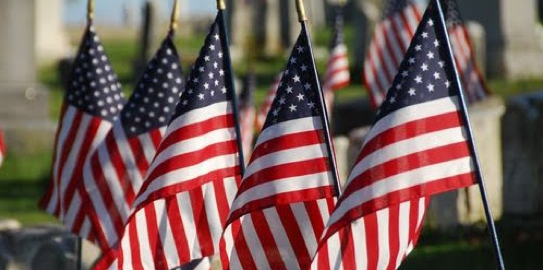There are many options you will need to consider when purchasing a wheelchair accessible vehicle, especially if you are a first time buyer. It’s our job to make the process easier.
There are several seating options to consider; first, you and your family or your caregiver will need to decide where you want to or are going to sit. This depends on whether you are going to drive from your wheelchair and/or if you are going to be a passenger.
Knowing if you will be transferred into a seat or if you will remain in your wheelchair while traveling is also an important factor.
Seating in a Side Entry vs. Seating in a Rear Entry
Side Entry
- Offers both mid-section and front seat options (with tie-downs)
- There are five passenger seats available for family members in a side entry van.
- A total of six people can be seated in a side entry wheelchair accessible van.
- The side entry can comfortable fit a wheelchair or power wheelchair, where as a scooter has a less roomier fit.
Rear Entry
- Only offers the mid-section to rear of the vehicle (with tie-downs)
- There are four passenger seats available for family members in a rear entry van.
- Up to six people can be seated in a rear entry wheelchair accessible van.
- The rear entry can comfortable fit a wheelchair, power wheelchair or a scooter, but
- If you have a long wheelchair or scooter the rear entry is ideal with over six feet of space, no turning to face forward is necessary.
If you have any questions our Mobility Center can further explain and demonstrate all seating options.
Please feel free to consult us with any additional information you need regarding wheelchair vans and mobility equipment, it’s what we’re here for.


